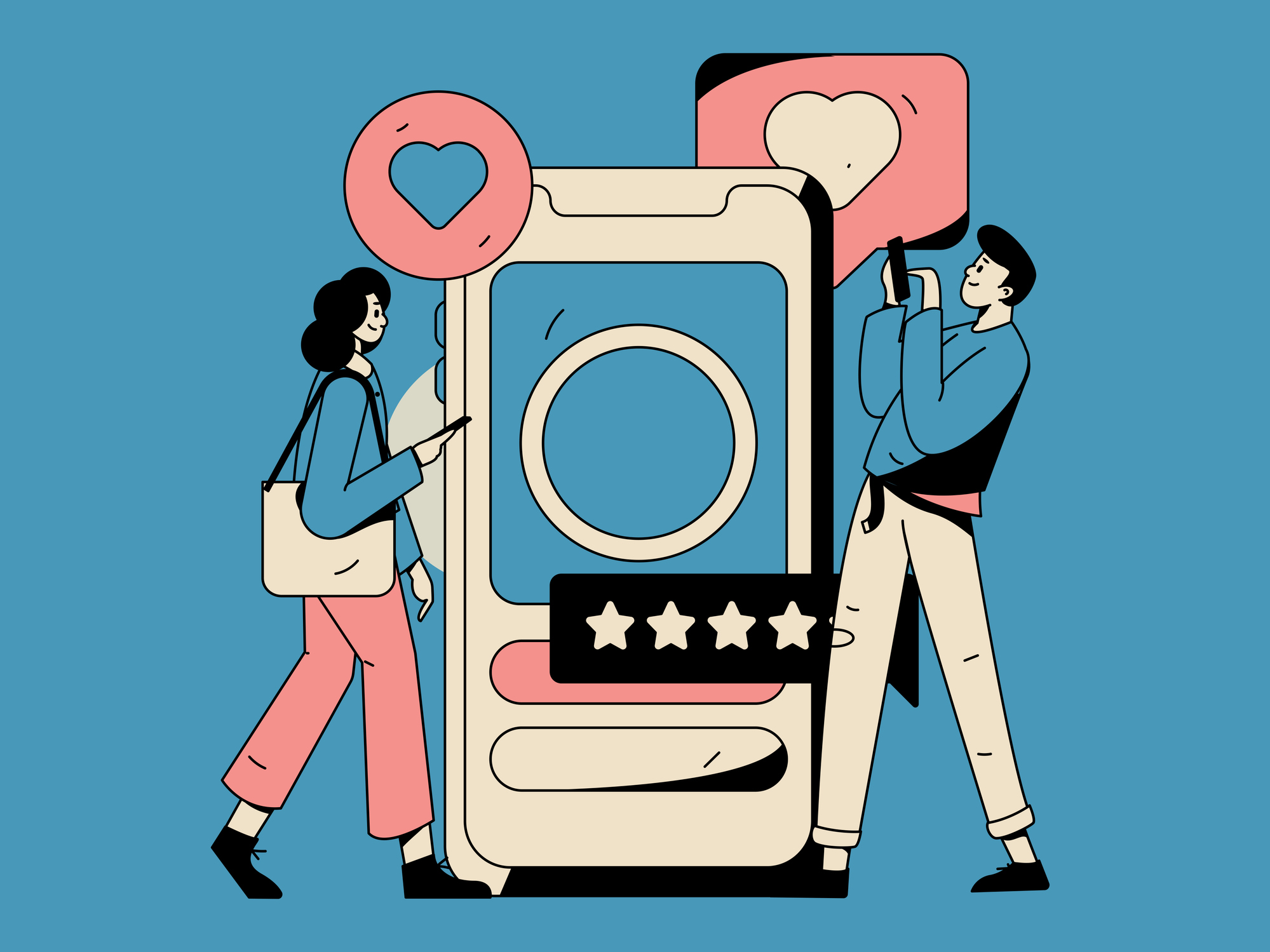Technology’s Expanding Grip on Modern Romance

A significant number of contemporary romantic connections now commence with a digital alert—be it a message from a new acquaintance, a pleasant notification of a successful match, or a tactile vibration on one’s device. Individuals seeking romance are leveraging large language models (LLMs) such as Chat-GPT and Claude to construct compelling dating profiles and clever communications. Some are even foregoing traditional human interaction entirely, opting instead for AI companions. It is evident that our romantic engagements are increasingly reliant on technological platforms.
I am certainly not opposed to technology. Residing in the San Francisco Bay Area, a center for technological advancement, I have frequently suggested various dating and relationship applications to those I advise. Nevertheless, it is undeniable that with ongoing technological progress and the increasing prevalence of artificial intelligence, the nature of romantic and sexual relationships is undergoing a transformation.
The term “digisexual” was introduced in 2017 to describe those whose principal sexual experiences are facilitated by technology, meaning they prefer technology-based sex over physical encounters. By this definition, a growing contingent of digisexuals is emerging within the dating landscape.
Reports indicate that 30% of U.S. adults, and 53% of those under the age of 30, have utilized a dating site or application. Interestingly, only 10% of partnered individuals surveyed reported meeting in this manner. This suggests that many app users are engaging with this technology without realizing their desired outcomes. While not everyone seeks a relationship, surveys conducted by Tinder, the nation’s most widely used dating app, provide insights into user expectations.
Consequently, many daters find that their interactions are limited. And in fact, this online engagement frequently represents the sole connection they derive from dating platforms.
An increasing trend I observe is individuals preferring to communicate via text, video calls, and social media with their matches, rather than arranging in-person meetings. It often takes weeks, months, or even over a year of technology-mediated interaction before some of my clients recognize the necessity of an in-person encounter with their connection.
The influence of technology on one’s romantic life extends beyond the initial dating phase. We leverage technology to maintain contact, organize outings, exchange romantic messages, and engage in sexting. Various applications exist that aim to foster stronger connections by prompting partners to share information about themselves and subsequently reviewing each other’s answers. Some applications assist in discovering optimal ways to satisfy oneself and one’s partner intimately, while others facilitate more profound discussions via guided prompts. Furthermore, apps are available for managing household tasks, mental health support, mindfulness practices, relationship guidance, and virtually any other area requiring assistance.
Technology is even employed as a means to assess compatibility. I have encountered clients who found it challenging to reconcile with their partner’s digital communication style. Indeed, a frequent grievance is that while in-person interactions are excellent, the individual’s texting habits or digital communication pace are unsatisfactory. In certain instances, such a discrepancy proved sufficient to terminate the relationship. In other cases, it prompted discussions leading to either a compromise or mutual acceptance.
Furthermore, technology plays a role in our intimate lives. Numerous avenues exist for individuals to engage sexually with themselves, partners, or strangers using their devices. Options include listening to erotica during your morning commute, monitoring orgasms with a vibrator app, viewing pornography, browsing fanfiction on message boards, subscribing to or creating OnlyFans accounts. Ephemeral nude sharing is available on various messaging applications, and for those curious about sexual compatibility with a partner, an app also caters to that need.
The notion of engaging in intimate relationships with technology is becoming so prevalent that certain segments of the population believe AI holds the potential to supersede human romantic bonds, as reported by the Institute for Family Studies. Among those most amenable to AI relationships, heavy pornography users rank highest, suggesting that deep immersion in tech-mediated sex may lead to increased receptiveness for expanding this experience to include comprehensive technological companionship. We are already observing chatbots, not initially designed for such intentions, being adapted for romantic interactions. Additionally, new platforms have materialized to cater to the increasing demand for AI partners.
However, technology-based “solutions” that completely remove the inevitable friction inherent in living and growing within a relationship’s natural progression are not a sustainable answer to society’s romantic disappointments. A substantial portion of a partnership’s advantages arises from moments of disagreement and subsequent conflict resolution—these are the times when individuals learn the most about themselves and their partners. Most AI entities are designed to be agreeable and fulfill every user requirement, which differs from the functioning of typical romantic partnerships.
Many of us held the belief that technology would enhance our lives, yet we never anticipated its profound infiltration into our relationships. Our current “digisexual” landscape has emerged from a gradual progression, a slippery slope from dating applications to AI companions, a development we largely failed to foresee.
Nevertheless, with increasing recognition of these evolving trends, the pertinent question arises: will we deliberately permit technology to further influence the trajectory of our relationships going forward?
Will this forthcoming generation of technology deepen our reliance on it for romantic connection?